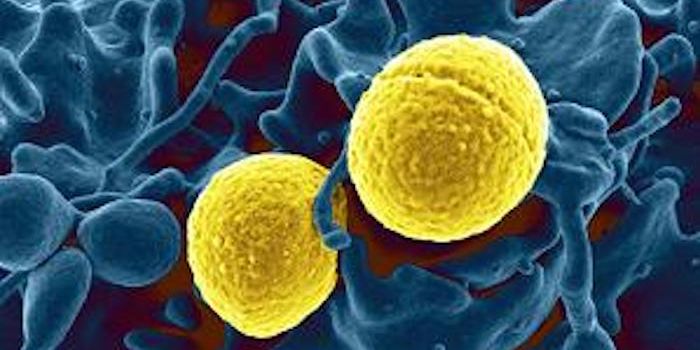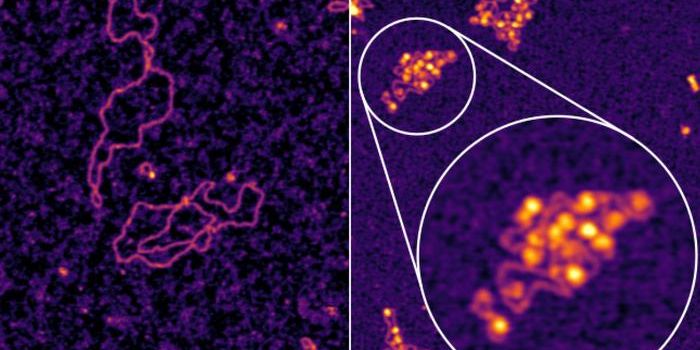There Are 'Hotspots' of Genomic Repair in Neurons
It's thought that unlike cell types that are constantly replenishing themselves (like many types of blood cells, for example) neurons do not generally divide much. As such, if damage occurs in the DNA they hold in their nucleus, they cannot repair that damage during genomic replication. But neurons do have other ways to repair their DNA. Now researchers have found that neurons tend to focus on certain places on the genome when making repairs; these regions seem to be involved in the functions and maintenance of neurons. The findings have been reported in Science.
The 'hotspots' of repair revealed in this work could tell us more about genetic influences on neurodegeneration, and aging. The research could also provide new insight into how to treat diseases of the brain.
"This research shows for the first time that there are sections of [the] genome that neurons prioritize when it comes to repair," said co-corresponding study author Professor and Salk President Rusty Gage. "We're excited about the potential of these findings to change the way we view many age-related diseases of the nervous system and potentially explore DNA repair as a therapeutic approach."
Neurons are among the longest-lived cells in the human body, which means they have to ensure they can fix problems that arise in their genome so they can continue to function normally. As we age, our neurons lose their ability to make these essential repairs, which could be one reason why some neurodegenerative diseases like Alzheimer's and Parkinson's are more common in aging adults.
In this work, the researchers generated neurons from stem cells, and then exposed them to artificial molecules called synthetic nucleosides that are models of DNA building blocks. When DNA in the neurons became damaged, the cells could incorporate these artificial nucleosides into their genome. The scientists could identify the location of these newly-incorporated nucleosides through sequencing, in a technique called Repair-seq. The researchers were surprised when they found out how biased the repairs were in these cells.
"What we saw was incredibly sharp, well-defined regions of repair; very focused areas that were substantially higher than background levels," said co-first and co-corresponding author Dylan Reid, a former Salk postdoctoral scholar now working at Vertex Pharmaceutics. "The proteins that sit on these 'hot spots' are implicated in neurodegenerative disease, and the sites are also linked to aging."
The work revealed about 65,000 hot spots, covering around 2 percent of the genome in neurons. Proteomics tools were used to identify the proteins that were encoded at these sites; many proteins related to splicing were found.
"We flipped the paradigm from looking for damage to looking for repair, and that's why we were able to find these hot spots," said Reid. "This is really new biology that might eventually change how we understand neurons in the nervous system, and the more we understand that, the more we can look to develop therapies addressing age-related diseases."
"Understanding which areas within the genome are vulnerable to damage is a very exciting topic for our lab," added Gage. "We think Repair-seq will be a powerful tool for research, and we continue to explore additional new methods to study genome integrity, particularly in relation to aging and disease."
Sources: Science Daily via Salk Institute, Science









